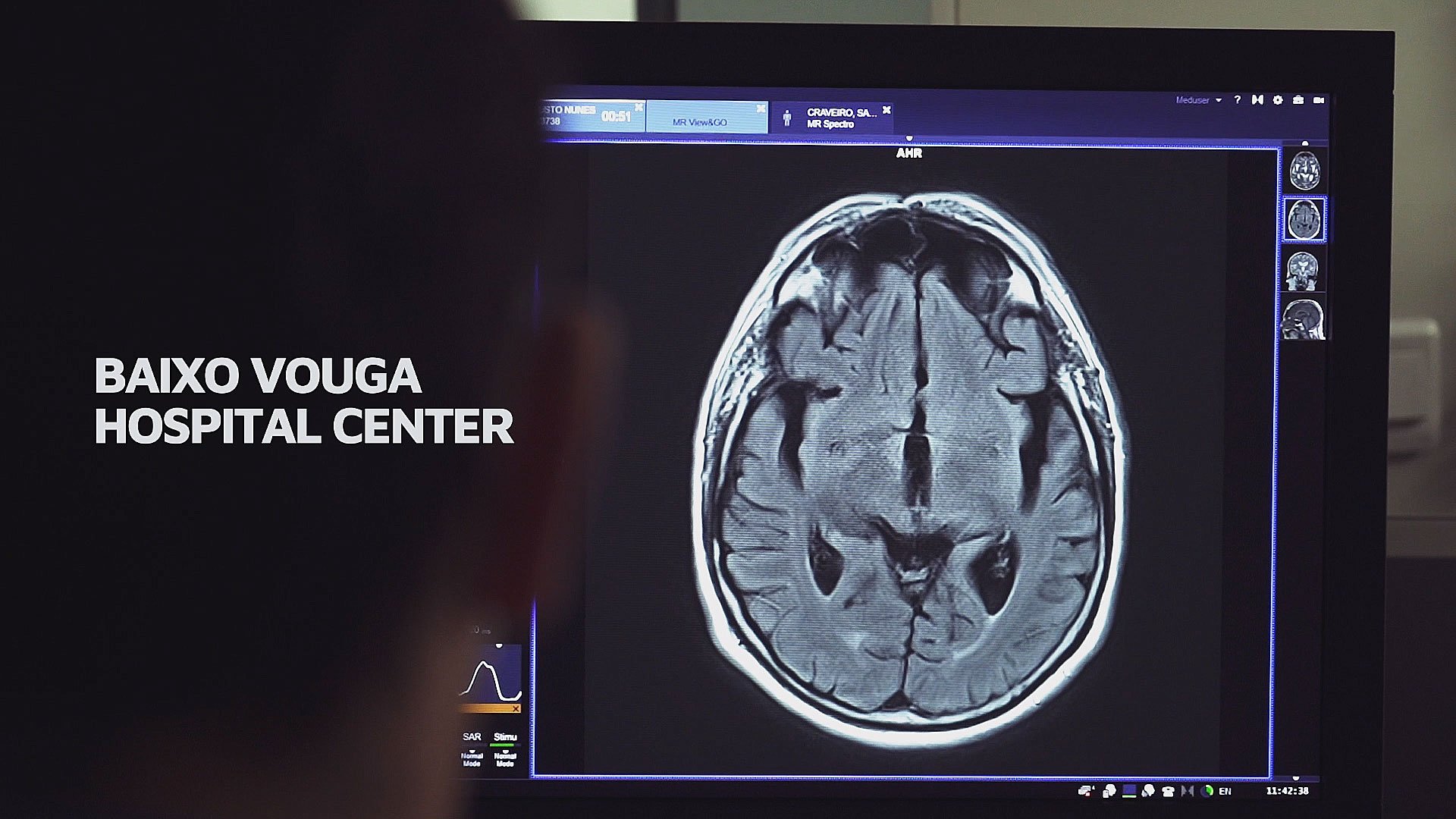- 6.0
Key Points
- Streamed applications as performant as native ones
- Using modern audio and video codec technologies
- Codecs should adapt to the use case, ensuring either native level performance or bandwidth savings
Applications are streamed using high performance adaptive technologies, taking in consideration network conditions, as well as the organization’s requirements.
For an effective usage of published applications, top-notch responsiveness is essential. The applications provided through EOW should run as smoothly, seamlessly and responsively as their native counterparts. This should include complex applications, with high graphical requirements (video reproduction, 3D rendering, 2D imaging, etc.).
With this in mind, published applications are streamed to the users’ devices using modern codec technologies, adapted to the network conditions between users and the infrastructure, as well as the organization’s business requirements.
Advanced Video Coding (AVC), also referred to as H.264, is used extensively, in either 4:2:0 or 4:4:4 modes, as well as, when appropriate, the RemoteFX codec. For sound encoding, modern codecs such as MS AAC and Ogg Vorbis are used. This ensures high-quality, high-fidelity sound and image reproduction, even for heavy workflows such as video, or time-sensitive workflows such as real-time conversations, while maintaining low usage of bandwidth and CPU resources.







